Kodo, Koro, Raido-Higashimuro, Hozo-Kyozo
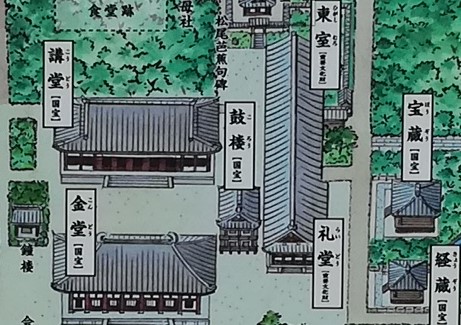
Kodo(講堂) Lecture Hall
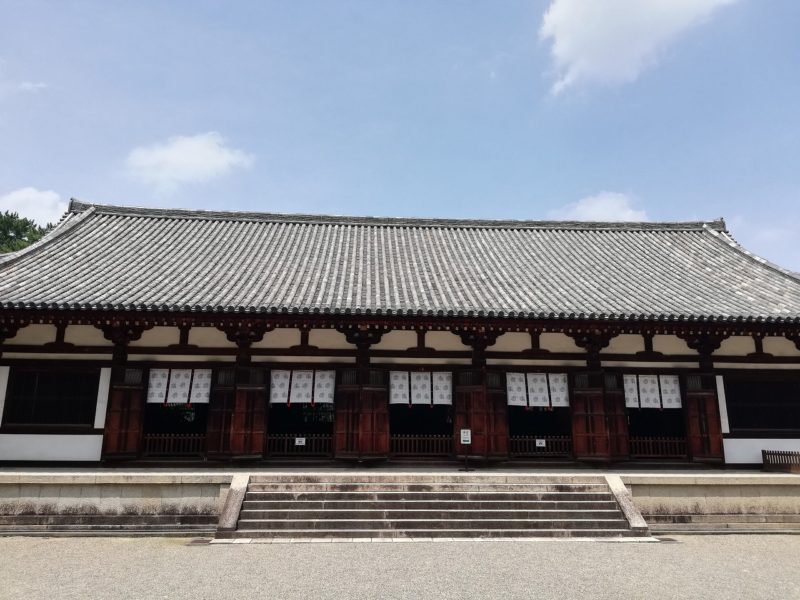
Kodo(Lecture Hall) 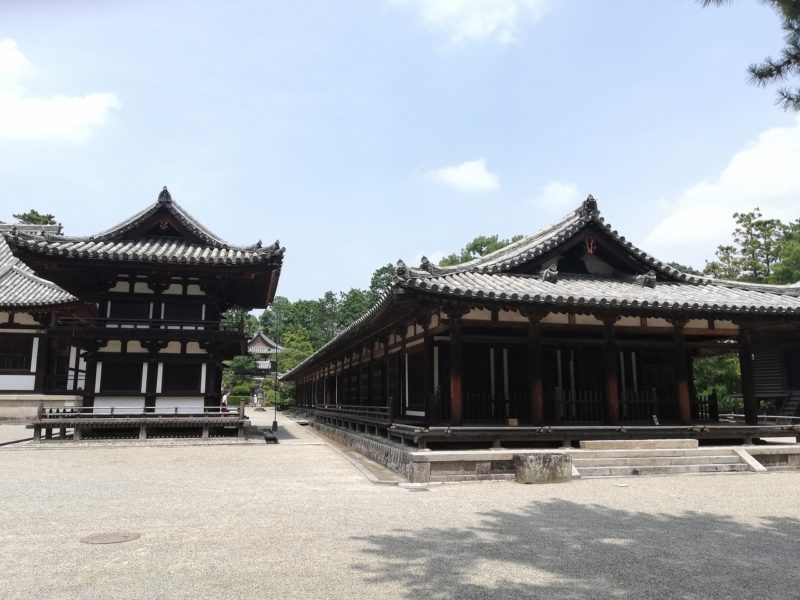
Koro(Shariden) Raido 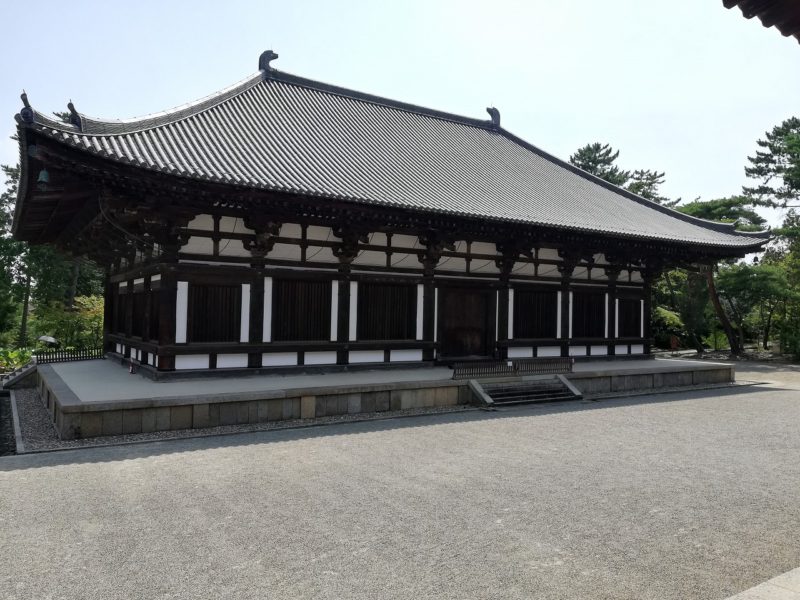
Kondo(Main Hall)
The Kodo Lecture Hall, previously a “state assembly hall(朝集殿)”, has survived intact and is the only extant example of the architecture of Heijo Palace. It is the one of the ancient, magnificent structures of Tempyo-Era
Koro(鼓楼) (Shariden)
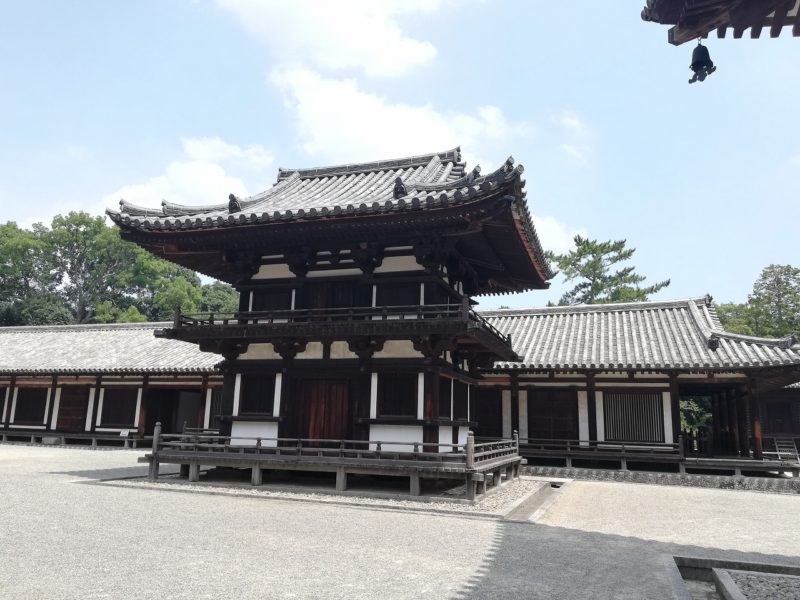
Koro (鼓楼) 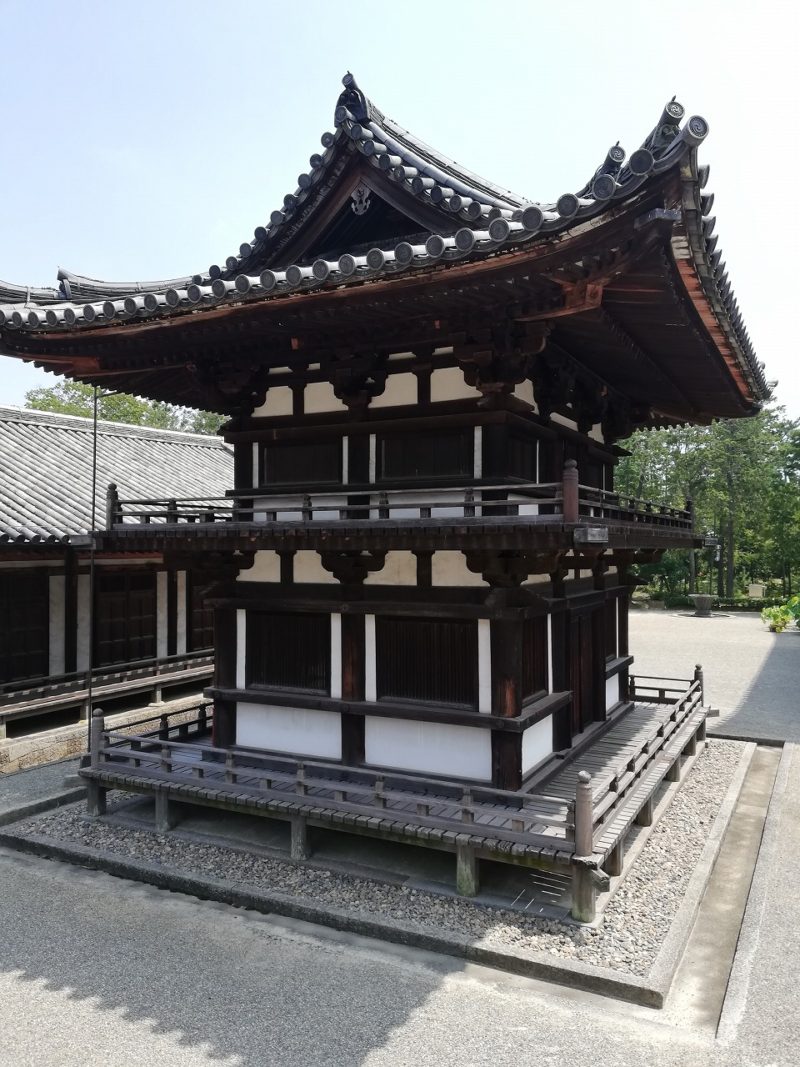
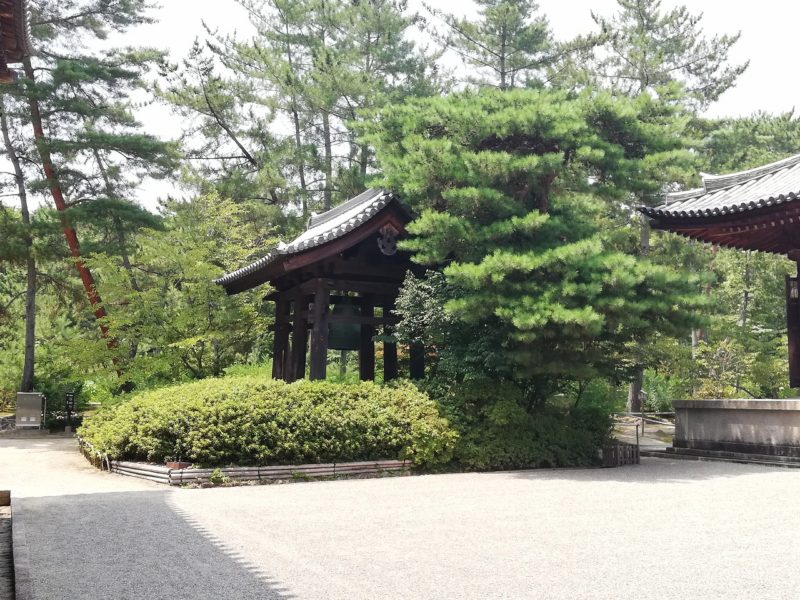
Syoro(鐘楼) Bell Tower
In the east of the compound between the Kondo and Kodo is the only multi-storied building, the Koro (Shariden). It was built during the 13th Century, and every year on May 19th, it is the stage for the Uchiwamaki (Fan Scattering) Ceremony — a ritual which began during that era as a symbol of reverence toward Abbot Kak-joh. The nuns of Hokkeji Temple who received his teachings would offer round fans to his grave. The fans have come to be shared among people by being scattered from the Koro. A special rite expressing gratitude and praise to the Buddha takes place on that day (May 19th), the memorial day of the founder (June 6th), and the time of the Shakanenbutsu-eh Ceremony (October 21st to 23rd).
Higashi-muro(東室) – Raido(礼堂)
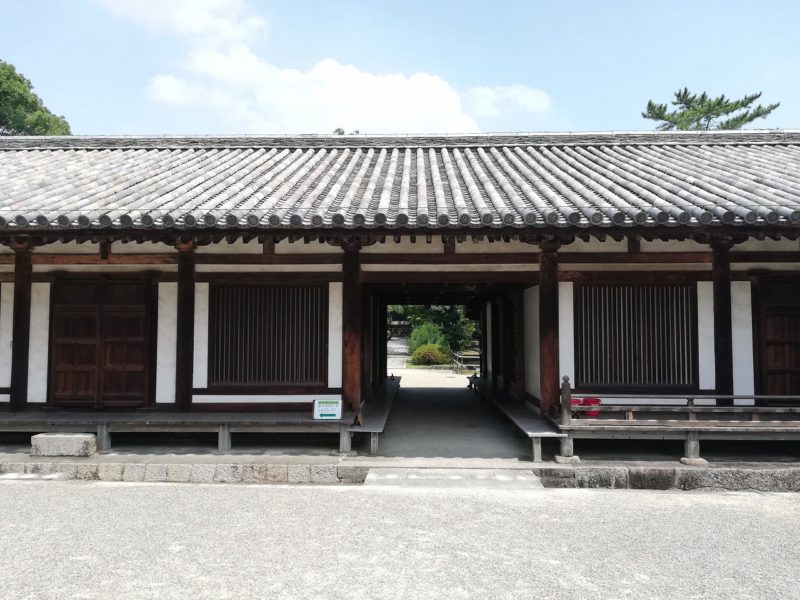
Higashimuro-Raido 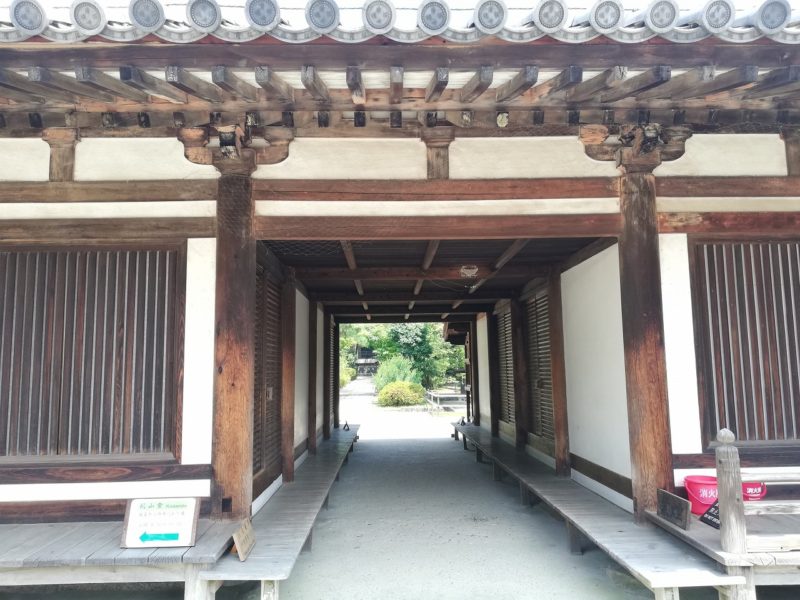
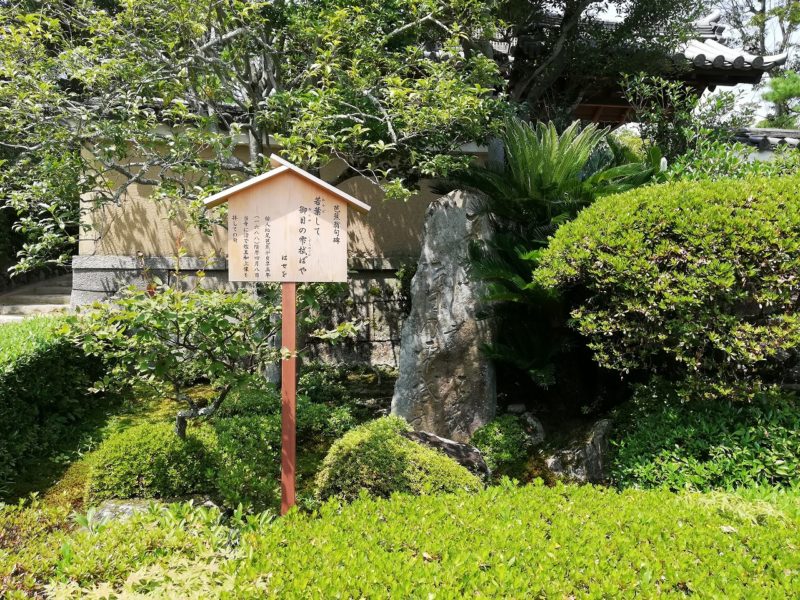
Matuo Basyo poem monument 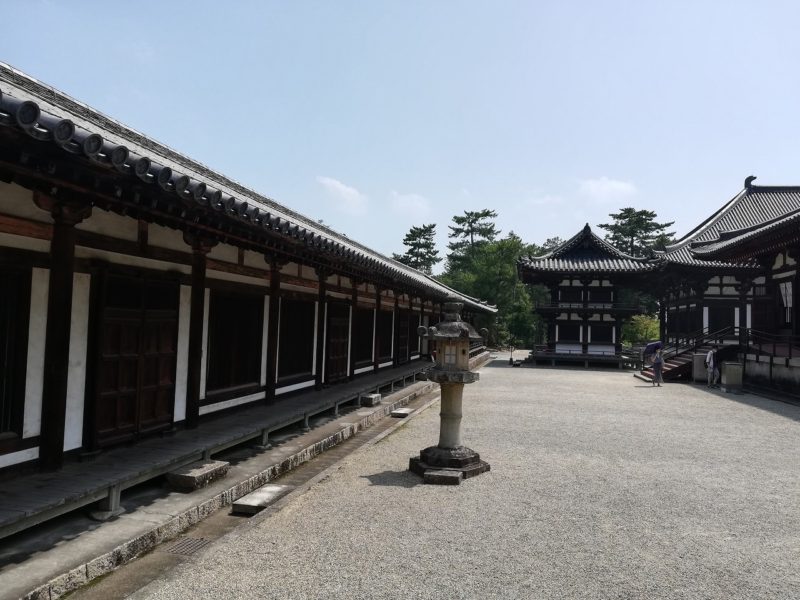
The long large building to the east of the Koro is the remains of Higashi-muro created in the 13th Century. It was originally Sobo, or the sleeping quarters for the great number of monks in training at the temple. Its southern half has been rebuilt as a Rye-do (chapel).
Hozo (宝蔵), Storage of Treasures – Kyozo (経蔵), Storage of Sutras
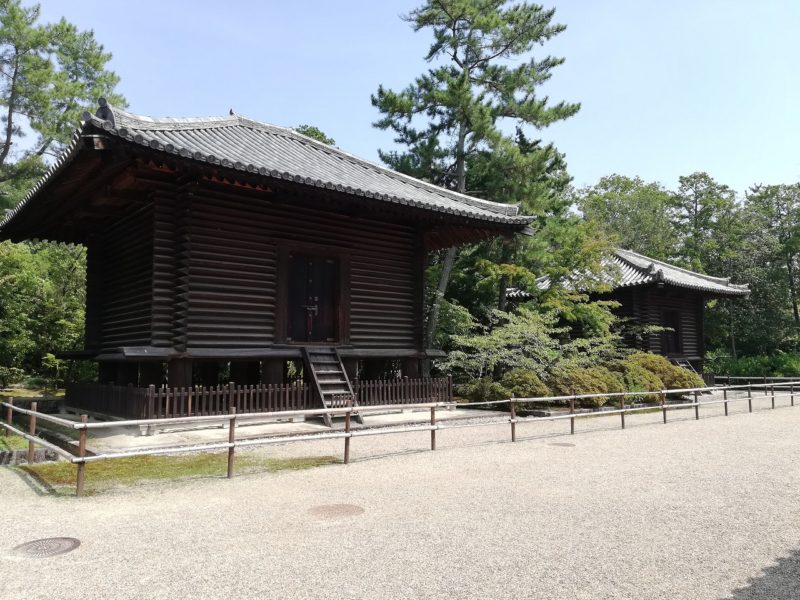
Hozo(宝蔵)-Kyozo(経蔵) 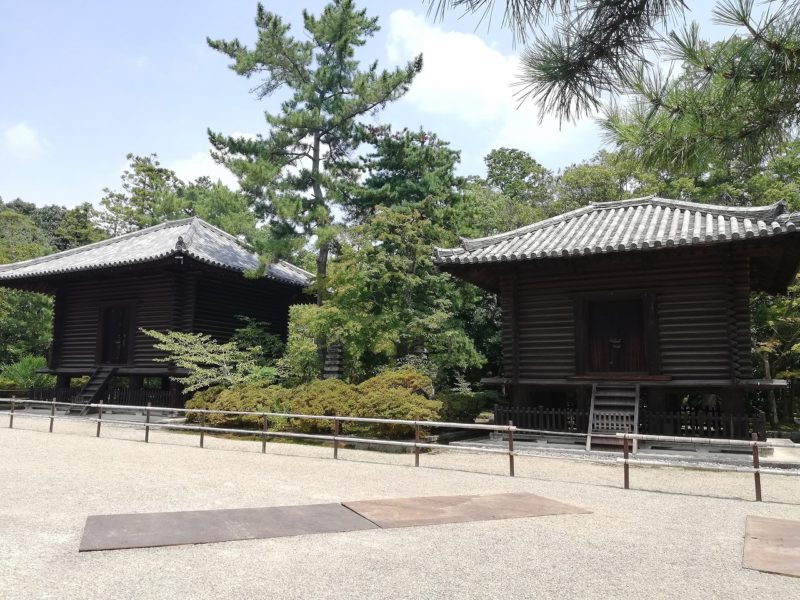
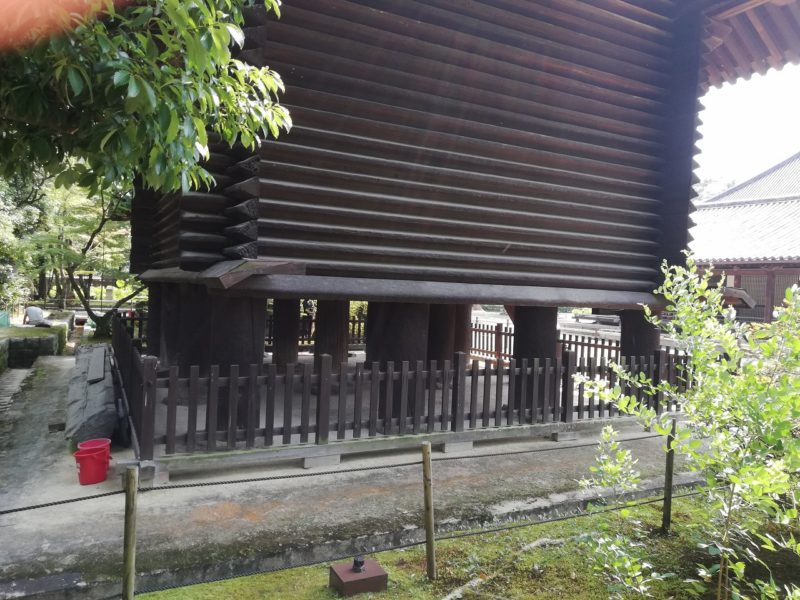
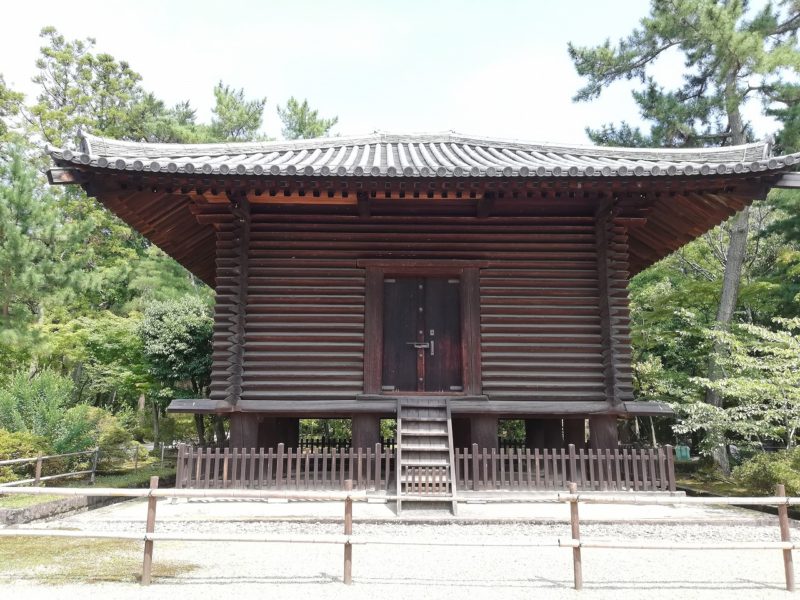
Hozo (Treasure Storage) 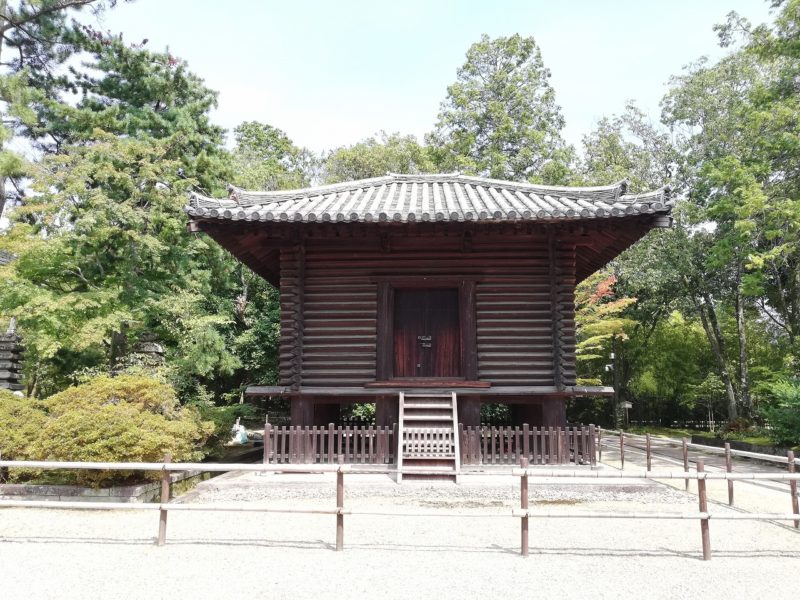
Kyozo (Sutra Storage)
East of the Sobo and Rye-do are two azekura, or wooden repositories. The southern one was for the storage of precious sutras, and the northern one for treasures. Both were built even before the famous Shoso-in azekura in Todaiji Temple which was constructed in 756. Toward the eastern end of the azekura, there is a modern version, Shin-hozo, which was recently constructed for the preservation of this temple’s precious old paintings and crafts.
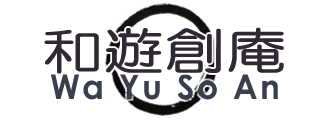
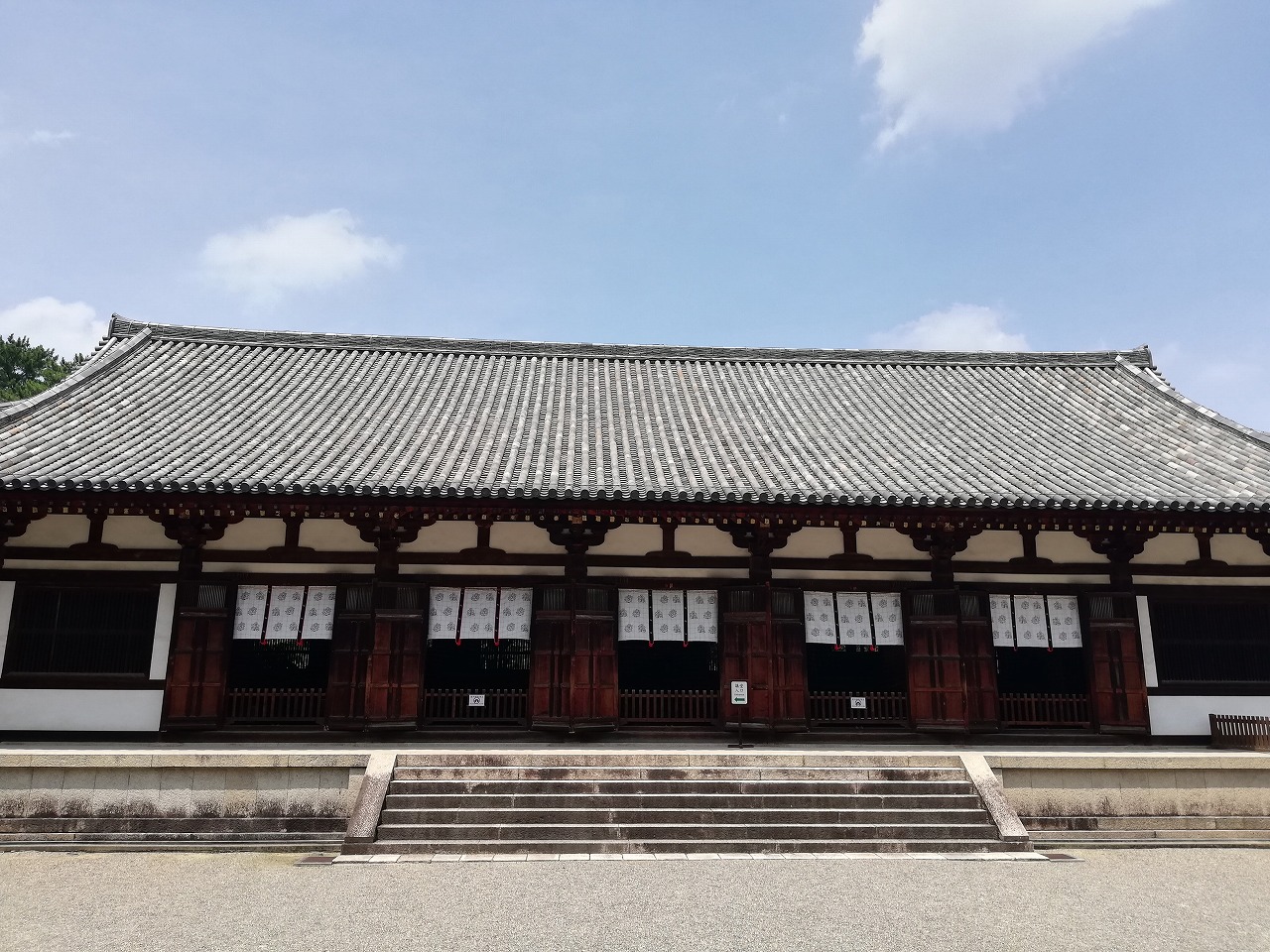
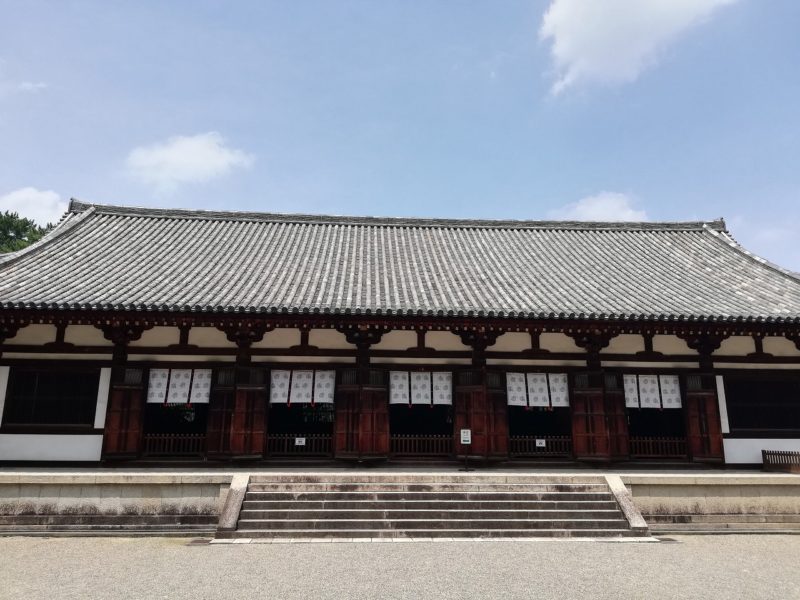
コメント